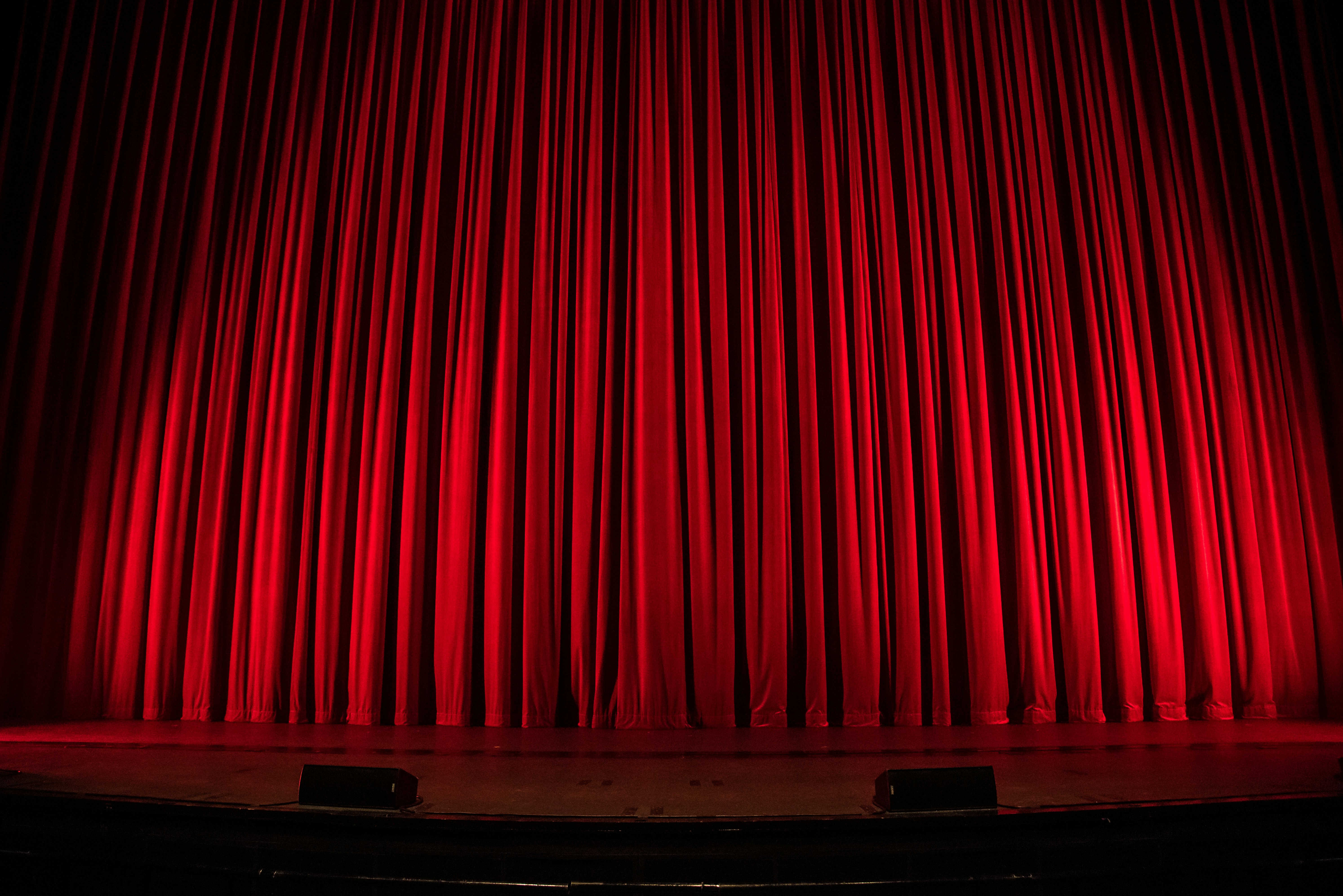Downstage
Definition:
In theatre, "downstage" refers to the part of the stage that is closest to the audience. This area is critical for engaging the audience and highlighting key moments of a performance.
Detailed Explanation:
Downstage is a term used in theatre to describe the portion of the stage nearest to the audience. The designation "downstage" originates from traditional stages that were raked, or sloped, with the front lower than the back. Moving "downstage" meant moving toward the audience and "down" the slope.
This area of the stage is vital for creating a connection between performers and the audience. Actions, dialogue, and significant scenes often take place downstage to ensure they are visible and impactful. Directors and actors utilize downstage to draw attention, emphasize emotion, and facilitate audience engagement.
Key Functions of Downstage:
Audience Engagement:
Performers use downstage to engage directly with the audience, making eye contact and addressing them closely.
Emphasis:
Key scenes, speeches, and actions are often staged downstage to ensure they are prominently visible and emotionally resonant.
Intimacy:
The proximity of downstage to the audience allows for more intimate and personal moments, enhancing the audience's connection to the performance.
Advantages of Using Downstage:
Visibility:
Actions and expressions are more easily seen by the audience, ensuring that important moments are clearly communicated.
Focus:
Staging scenes downstage naturally draws the audience's focus, making it easier to highlight critical parts of the performance.
Emotional Impact:
The closeness to the audience amplifies the emotional impact of performances, making scenes more powerful and engaging.
Challenges of Using Downstage:
Space Limitation:
The downstage area is limited in size, which can restrict movement and require careful choreography.
Sightlines:
Ensuring all audience members have a clear view can be challenging, particularly in theatres with complex seating arrangements.
Balance:
Overusing downstage can make a performance feel unbalanced. Directors must ensure the entire stage is used effectively.
Uses in Performance:
Monologues and Soliloquies:
Actors often deliver monologues and soliloquies downstage to create a direct connection with the audience.
Key Scenes:
Crucial scenes that require audience focus and emotional engagement are typically staged downstage.
Interactions:
Interactions between characters that are central to the plot or theme of the play are frequently placed downstage.
Design Considerations:
When planning the use of downstage, several factors must be considered to maximize its effectiveness:
Blocking:
Careful blocking is essential to ensure actors use the downstage area effectively without overcrowding it.
Lighting:
Proper lighting is crucial to highlight downstage actions and ensure they are visible to the audience.
Audience Sightlines:
The stage design should consider audience sightlines to ensure that downstage actions are visible from all seating areas.
Conclusion:
Downstage is a critical area of the stage that plays a vital role in theatre performance. Its proximity to the audience makes it ideal for engaging and impactful moments, enhancing visibility, focus, and emotional connection. By effectively utilizing downstage, directors and actors can draw the audience into the performance, ensuring that key scenes and emotions resonate powerfully. With careful planning, blocking, and lighting, the downstage area can significantly enhance the overall impact and effectiveness of a theatrical production.


